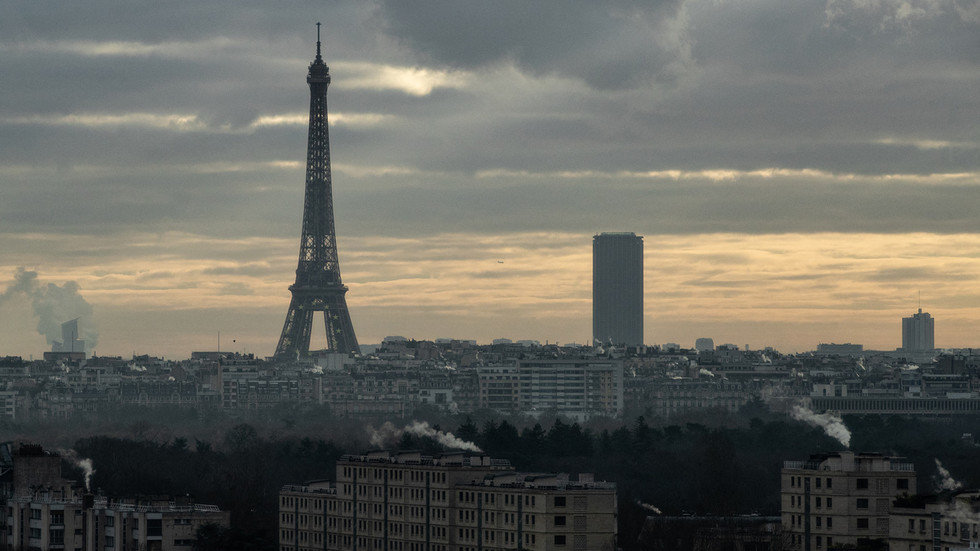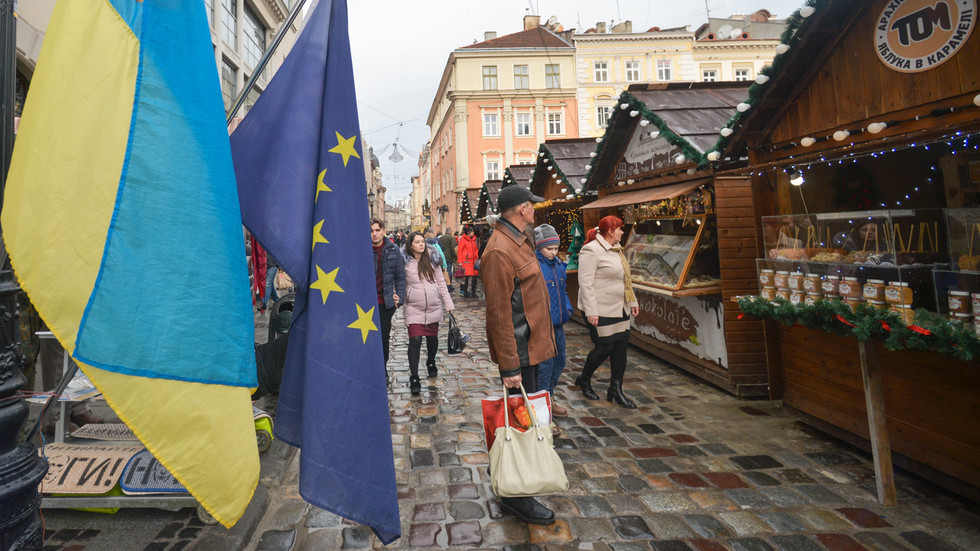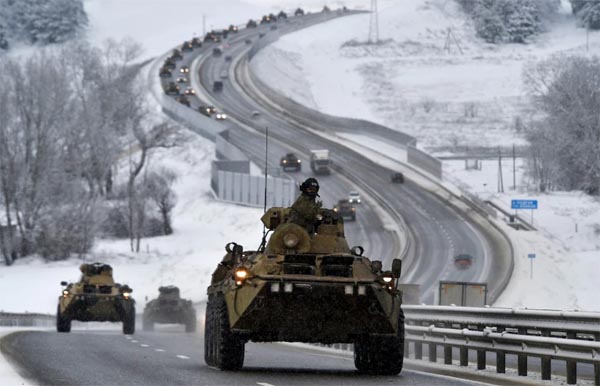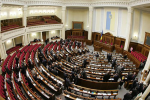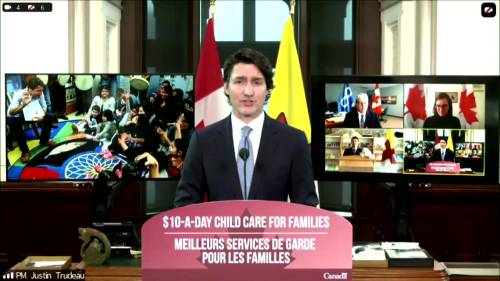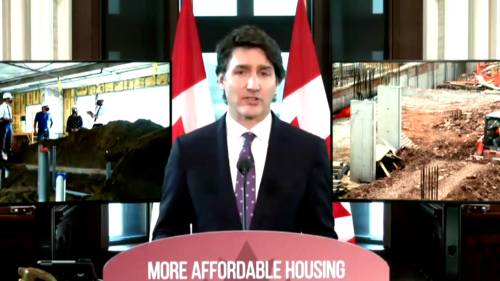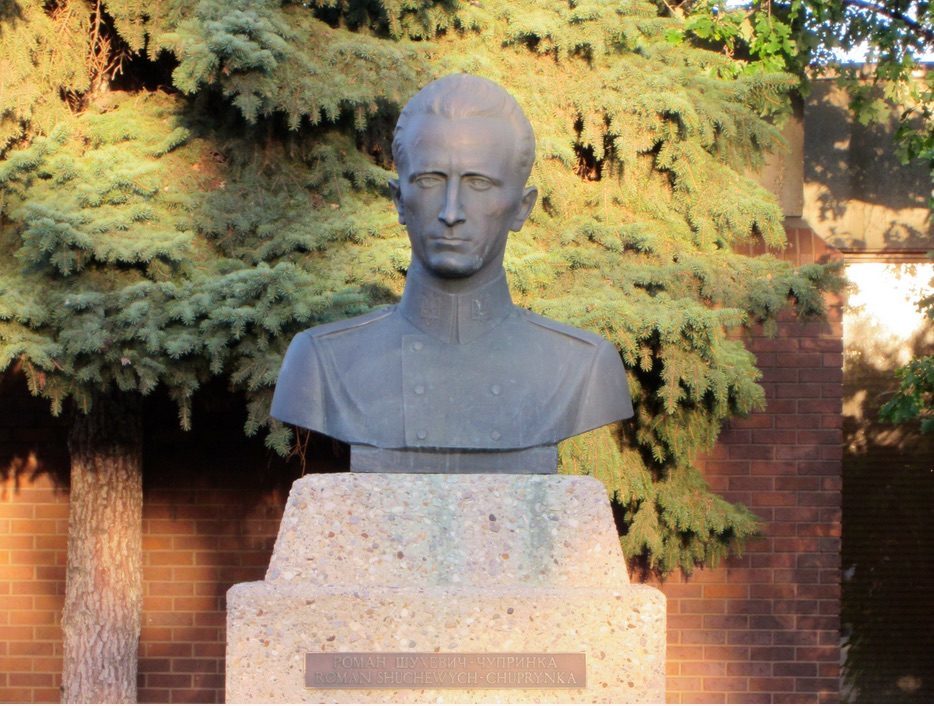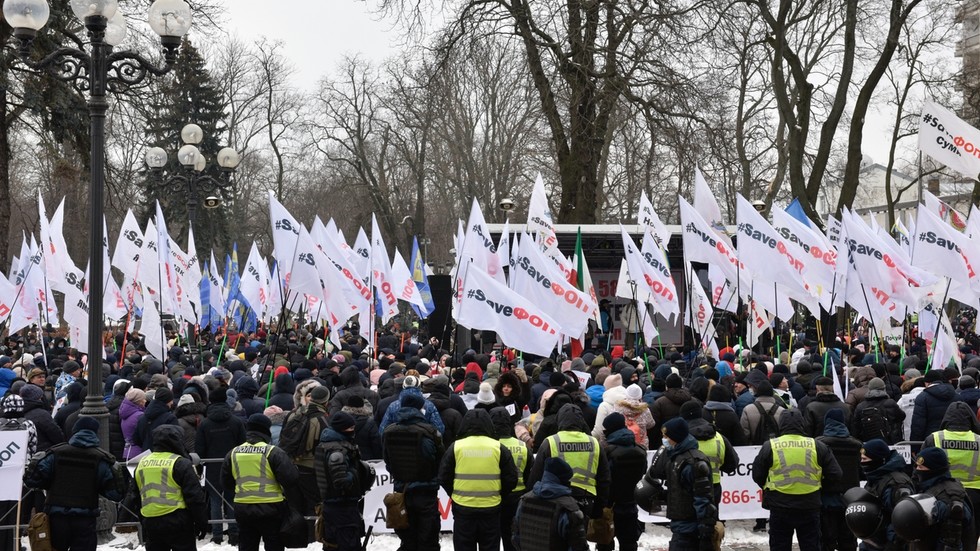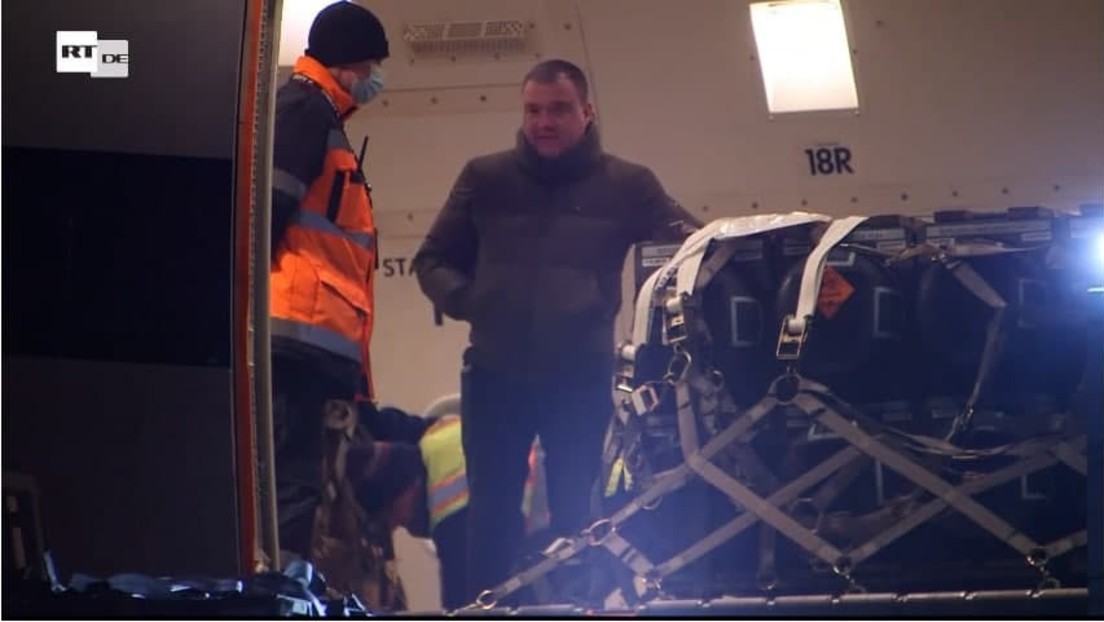There is no record of whether she has been asked – presumably via an intermediary – but it is self-evident that the Queen has declined any request to die suddenly in order to get Johnson off the hook. Therefore, it seems that the prime minister has had to rely on Plan B (Mk II), which

www.turbulenttimes.co.uk
There is no record of whether she has been asked – presumably via an intermediary – but it is self-evident that the Queen has declined any request to die suddenly in order to get Johnson off the hook.
Therefore, it seems that the prime minister has had to rely on Plan B (Mk II), which has his friends and allies ramping up the tension on Ukraine with courtier-in-chief, Charlie Moore, leading the way.
In today’s edition of the
fanboy mag, he asserts that: “As Russia poses a grave threat to European security, our MPs sound ever more ridiculous”, his formication-inducing sub-heading reading: “Grand-standing speeches about No 10 ‘parties’ are absurdly out of proportion when Britain faces a truly dangerous situation in Ukraine”.
Largely, of course, Ukraine need not be our business. Following Brexit, we could have disowned the expansionist ambitions of the European Union and the Nato link did not have to trouble us. But, despite that, we’ve donated a batch of anti-tank missiles to the cause, and despatched troops to act as trainers.
That, essentially, means we have a dog in the fight and, for the moment, that is good enough. But for Ukraine to keep distracting attention from Johnson’s other little issues, Putin must keep up the tension. Either that, or the tanks will have to roll.
The likelihood of multiple V-84MS engines kicking into life is one that is exercising the minds of multiple pundits and yet it is not possible to come to a definitive conclusion. There is probably only one man in this world who really knows what’s in Putin’s mind, and he ain’t saying.
That does not stop the pundits second-guessing his intentions, but they have multiple problems. In order to make a reasonable estimation of possibilities, one must have some idea of Putin’s strategic intentions. Could he be planning the invasion and subjugation of the entire country, or does he intend merely a limited incursion, either to hold ground or to send Kiev a message?
To be fair to him, the
Guardian’s defence editor, Dan Sabbagh, is ruling out a full invasion. He cites Fred Kagan, a senior fellow at the American Enterprise Institute, who suggests that the Russians would need an occupation force in the order of 325,000 personnel, as opposed to the 100,000-plus estimated to be in position.
However, a punitive raid – possibly with the aim of degrading the Ukrainian military capability and destabilising the government – would require a different force mix, and considerably fewer troops. And it is here that one might be able to make some informed guesses as to Putin’s intentions.
For instance, looking at the previous Russian incursions into Ukraine – and especially the Crimea – what was notable was the reliance on elite forces to spearhead the military action. In particular, we saw widespread use of airborne troop formations, and their characteristic BMD-2 armoured vehicles.
The use of elite forces in the vanguard is not necessarily a preferred Russian tactic. In Cold War days, it is assumed that an armoured assault on the West would have been led by second-tier formations with obsolete or near-obsolete tanks, deployed in large numbers to soak up the opposing forces. Elite formations would be held in reserve to exploit the break-though.
As such, what we are seeing of the current Russian force-mix is perplexing, although we have to bear in mind that we are seeing what the Russians want us to see, which may not reflect the composition of the forces actually deployed, if active operations commence.
So far, for instance, I have not seen any evidence of elite forces in position around the Ukrainian border – although it is thought that a
Guards Air Assault Regiment is now in place in south eastern Crimea. This may take an active role in any military incursion.
But, as to the heavy armour, most of the pictures I have seen have shown geriatric T-80 tanks, a type which was to be phased out of service until a decision was made to expand the Russian tank force, whence mothballed vehicles were brought back into use.
These tanks are likely to be allocated to second-tier units, while the elite formations will be equipped with substantially modernised and upgraded T-72B3s, and the less numerous but potent
T-90Ms, which only started to be introduced in 2019.
Similarly, in terms of the all-important infantry carriers, while we have seen some well-publicised videos of BMP-3s being unloaded – the latest, modernised version of the mechanised infantry combat vehicle – we have also recently seen convoys of BTR-80s (pictured), the eight-wheeled armoured personnel carrier which also tends to be issued to second-tier and peacekeeping forces.
With the media using lots of generic shots of Russian vehicles though, it is difficult to assess what precisely has been deployed. But the other interesting thing is what we have not seen – the dog, or dogs in this case, that didn’t bark.
Here, the important thing in Russian doctrine – carried over from Soviet days – is that tank columns are usually supplied from the air, using the giant Mi-26 transport helicopters. In particular, they position huge fuel bladders at forward locations, to keep the tanks on the move.
This is particularly necessary if gas-guzzling T-80s are being deployed. These, in common with the US M-1 Abrams tanks, are powered by gas turbine engines. Both types have reputations for profligate fuel consumption and this was one of the reasons why the T-80 was being phased out.
Yet, none of the shots I’ve seen so far have shown any sign of these Mi-26s, and none of the satellite pictures that have recently been published show helicopter pads and the type of fuel depots which would be essential for an armoured thrust into Ukraine.
This is where I have difficulty with a lot of the punditry, such as the analysis
here in the
Telegraph and
here on the BBC website. There is much emphasis on numbers of troops and equipment, and quantitative comparisons with Ukrainian forces, but very little in the way of qualitative assessment, and virtually no discussion on force mix, equipment capabilities or units deployed.
Of course, it suits some, like Nato’s secretary general, and elements of the US military, to talk up the threat. The great bogyman of a Russian invasion never did defence budgets any harm. And while, according to the BBC, the US is claiming knowledge of Russian plans to boost its forces near Ukraine “on very short notice”, we have been offered no detail.
And yet, the
Telegraph correspondent thinks that an attack is “looking more and more likely”. This is Roland Oliphant, their senior foreign correspondent who says that, from looking at the troop movements, “it seems like everything is there for a genuine invasion”. They’ve moved up not just the fighting troops but the logistics, the field hospitals, and the follow-on troops, he says, “which is why the United States and British governments amongst others are agitated. It looks genuine”.
But, from what I’ve seen – which is very limited – I beg to differ. For what it is worth, I don’t think that the force mix and the equipment deployed constitutes a balanced invasion force, capable of deep penetration or sustained operations in enemy territory.
Nevertheless, there is that huge caveat here – we are only being allowed to see what the Russians want us to see, by an army where
maskirovka (deception) is a core part of military doctrine.
But, when most media correspondents have difficulty telling the difference between a tank and an MICV, and tend to rely on the generic “armoured vehicle” when describing what they see, the Western press is easily deceived. As for the military, they tend to see what they want to see. Their track records on accurate threat assessment are not good.
One thing is for sure though – correctly noted by the
Telegraph – this can’t last indefinitely. Putin has a narrow window, when the winter freeze (which came late this year) allows mass military incursions. Once the spring thaw comes, movement on any scale will be impossible until late May/June. He has to move before March, or not at all.
If I was forced to guess (but only if forced), I would say “not at all”.

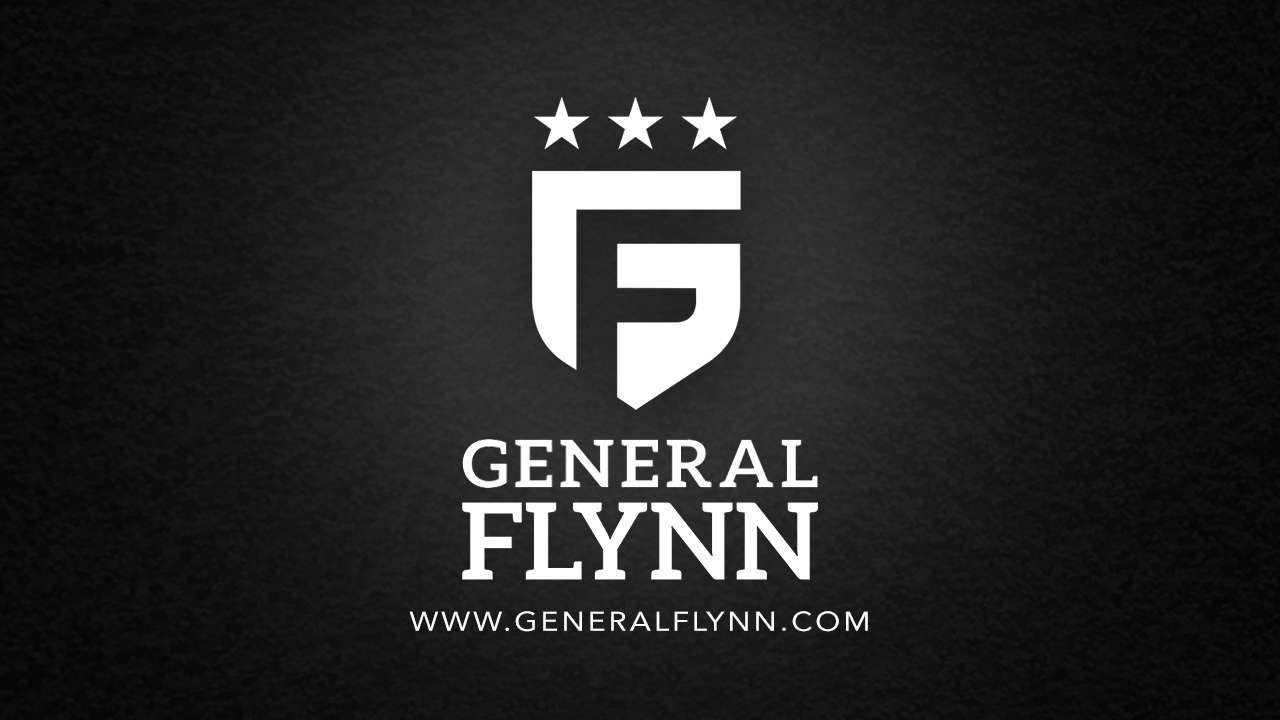
 www.generalflynn.com
www.generalflynn.com



